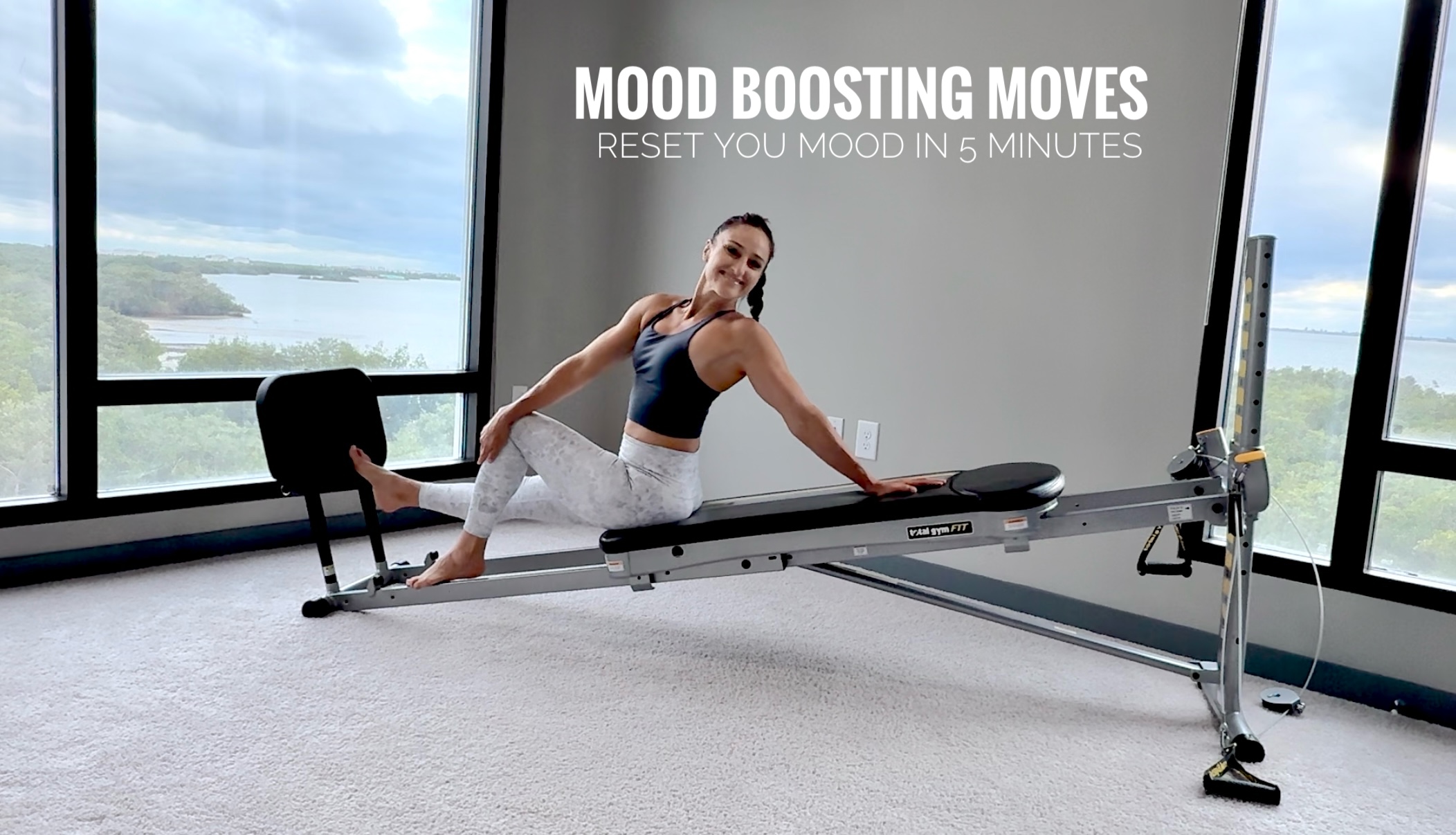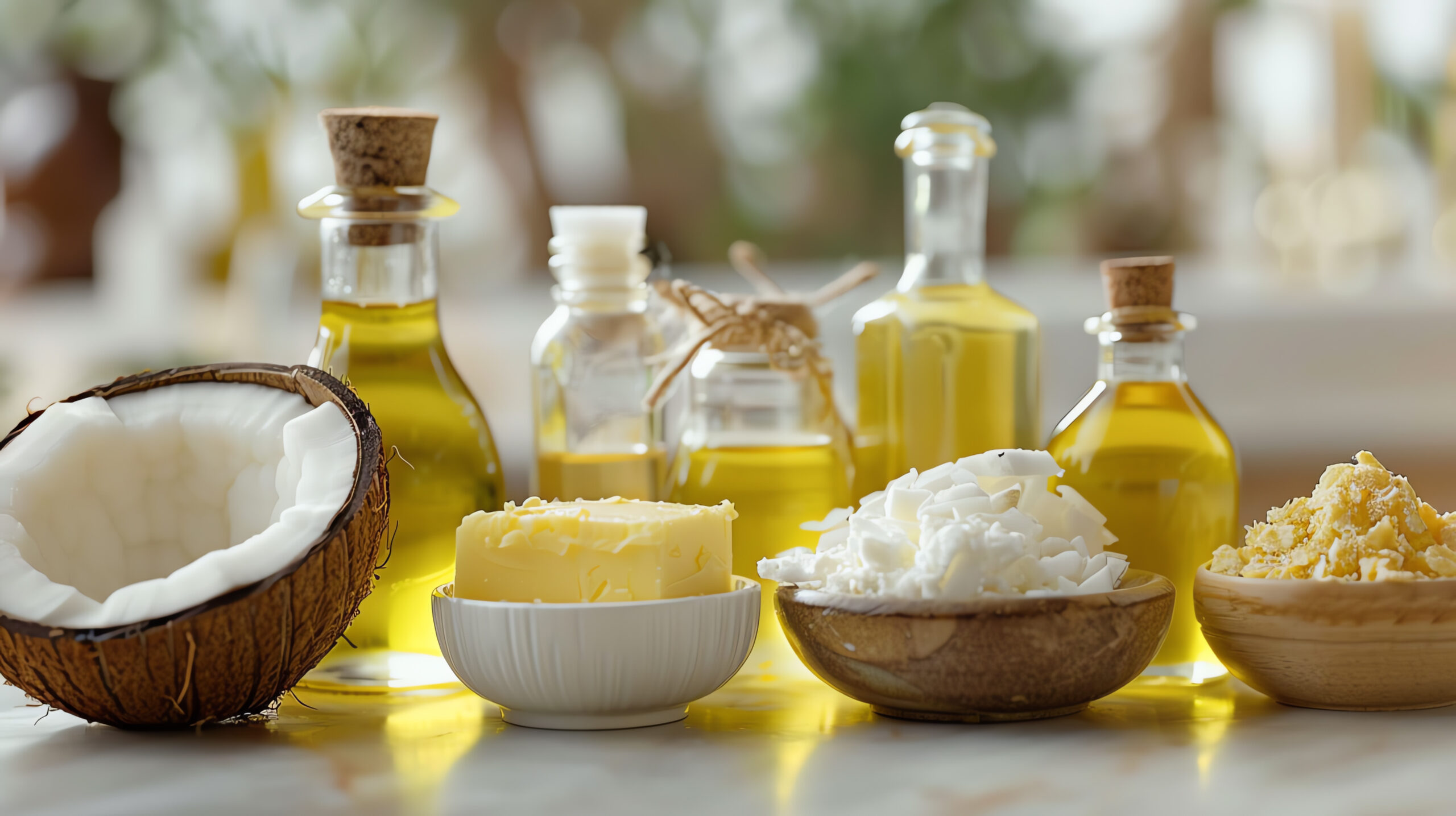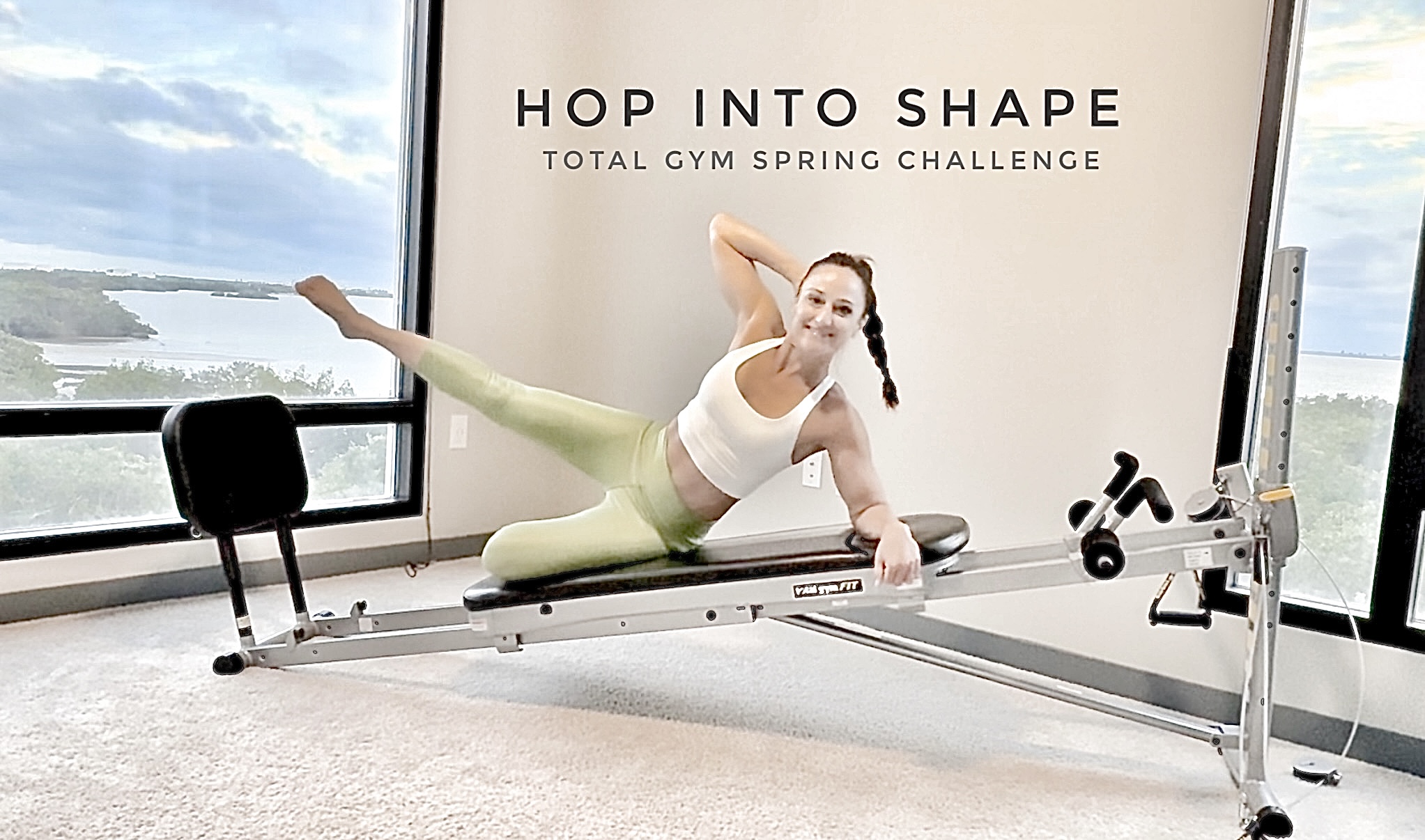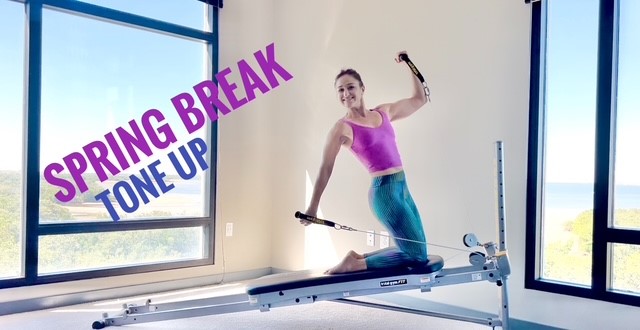
Meet Ronel Velásquez, an OPEX CCP Coach & OPEX Ambassador from Cúcuta, Colombia, who specializes in remote coaching for fitness athletes while pursuing coaching mastery. Fluent in Spanish and English, Ronel embraces fitness coaching as a path that allows him to grow as a human and give back to others. His journey with OPEX has provided him with both meaning and practical tools to build his career and increase his impact. Today, he shares valuable insights on what it truly takes to become a professional in the fitness industry.
Follow Ronel on Instagram @the_mvmt_chaman for more insights on fitness coaching and professional development.
Building Your Professional Toolbox
By Ronel Velásquez
I understand—you decided to change careers, or perhaps you’ve made the decision that Fitness Coaching is what you truly want to dedicate yourself to. After all, this industry is clearly on the rise.
The fitness industry in 2025 is showing significant growth and evolving with the integration of technology and a strong focus on holistic well-being. In 2023, the global industry reported approximately $81.5 billion in revenue.
On top of that, today you can get started with technological resources like CoachRX and LearnRX, add an Instagram account, and you’re ready to begin, right?
Not so fast…
Education is important—don’t neglect it.
There’s something very particular about education, certifications, diplomas, and degrees… At the end of the day, they might not mean much to many people, but you still need to have them. Let me explain.
We can think of education as a toolbox. As you start taking certain certifications (like CCP—I genuinely always recommend starting there to anyone who asks me), these certifications provide you with tools that you keep adding to your toolbox.
Now, it’s true that the only way to gain real-world experience is to get your hands dirty and start working with people. That’s what everyone does—they begin working with people without any education. In that scenario, what happens is that you start working, but with very few tools, and on top of that, they’re low-quality tools that you don’t fully understand how to use.
You can see how this will create problems. You probably won’t hurt anyone (at least we hope not), but at the end of the day, the real value you can provide to others is very little, almost nonexistent. And that’s when frustration sets in—because you want to help in a more meaningful way, but you simply don’t have the tools to do so.
It’s true that certifications aren’t everything, but they are your ticket to providing value, creating impact, and literally changing lives. You need to acquire the right tools—it’s as simple as that.
Now, as you begin acquiring these tools, you might notice another problem… Many times, you don’t really know how to use them well. You don’t use them optimally, and you’re not efficient with them.
This is where education’s inseparable companion comes into play—equally important, though much less talked about: Mentorship.
A mentor can help you save time, energy, and effort. They can prevent you from straying too far off course… It’s not that you won’t make mistakes, but a mentor can make sure you make the right mistakes, so to speak. A mentor can also help you build awareness, establish a long-term direction, and understand how to navigate the coaching lifecycle and each stage within it.
They can help you determine what’s important for you right now as a beginner or a “technician” and what will be important in the near future, all while helping you build a long-term vision. A mentor acts as a lighthouse, guiding you safely to shore and keeping you on the right course, preventing you from drifting too far.
Keep in mind that even after acquiring your initial education, building your toolbox, and having a mentor to guide you, you still need to walk your own path—get your hands dirty, get into the trenches with people, and make mistakes. Ultimately, this is what will buy you experience.
Experience is what allows you to coach effectively, to act as a guide and a mirror for your clients, asking the right questions—because that’s what a coach should do. It enables you to create roadmaps and action plans that help people grow and transform under your guidance.
In my opinion, the beauty of experience is that it cannot be fast-tracked—it cannot be bought. No matter how much education you acquire, how many certifications you earn, or how many top mentors you hire, at the end of the day, you have to do the work. Like I said before—you have to get into the trenches and let time do its thing.
But make sure you go in with the right gear. Build your toolbox. Educate yourself.
Follow Ronel on Instagram @the_mvmt_chaman for more insights on fitness coaching and professional development.
Next Steps
Become A Professional Coach.
Wherever you are on your coaching journey, learn a repeatable and proven system to simplify program design and build a sustainable career. See how the Coaching Certificate Program with 1:1 Mentorship can help you find your version of success as a professional coach.
Elevate Your Coaching Business
CoachRx empowers fitness coaches to excel in program design, nurture client relationships, and scale their businesses with unparalleled efficiency and insight. Discover why CoachRx is the preferred choice for fitness coaches seeking to differentiate and deliver exceptional services.
Continue To Learn & Grow
Whether you want to write better training programs, increase your knowledge of nutrition & lifestyle protocols, or work on your coaching business, LearnRx has got you covered with courses, playlists, tools, and resources on demand. New content added monthly.










